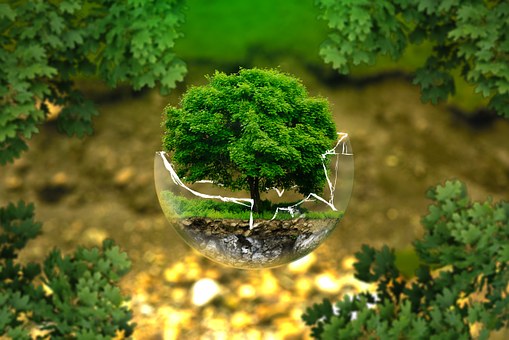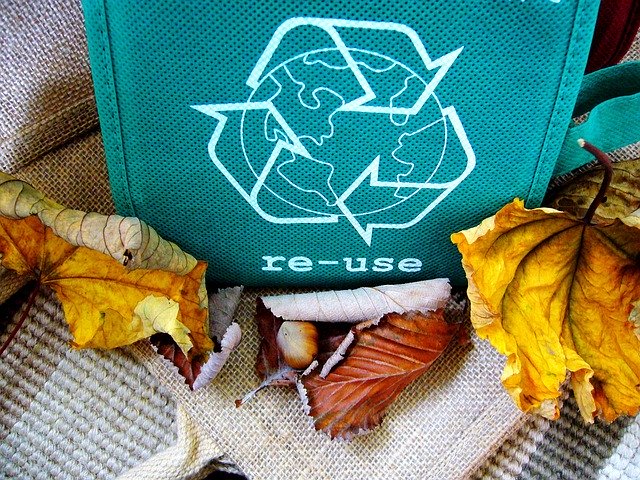ENVIRONMENT
This unit explores the concept of environment, intended as the surroundings of human beings, which includes physical, biological and socio-cultural aspects. It will include exploration of aspects that damage human beings, like pollution (within other environmental factors)

Students will be offered opportunities to communicate about the topic of Environment, by looking at examples of personal, local, national and global interest in a range of subtopics:
- Endangered species
- Natural resources
- Pollution
- Recycling and reuse
- Sustainability
- Waste
By being exposed to a variety of text types in relation to environment, students will be challenged to compare the target language and culture(s) to other languages and cultures, as well as to other disciplinary areas in the DP.
Through a variety of subtopics, students will also be invited to answer a range of questions in the context of the study of daily routine, like the following:
- What can I do to help the environment?
- How do my surroundings affect the way I live?
- What can I do to make the world a better place?





